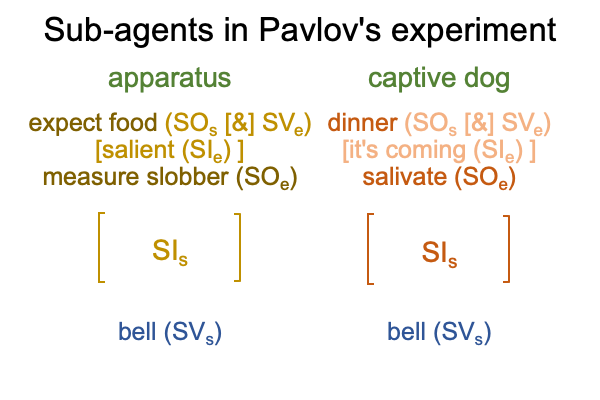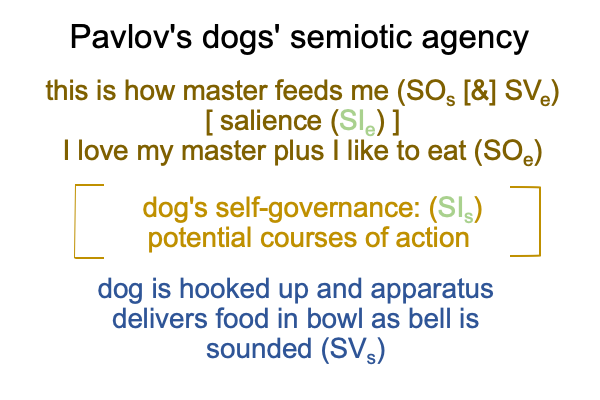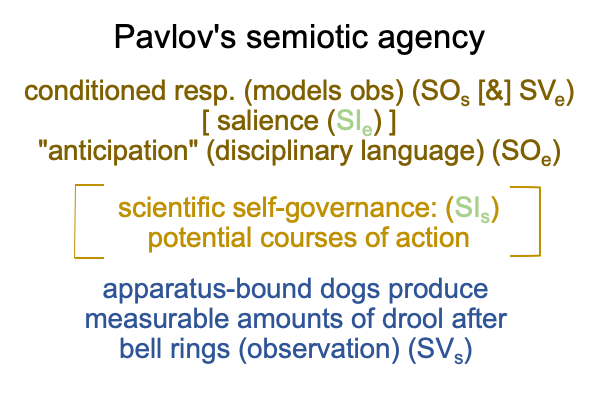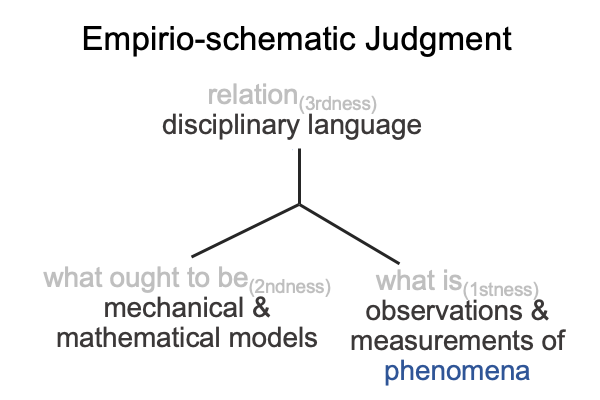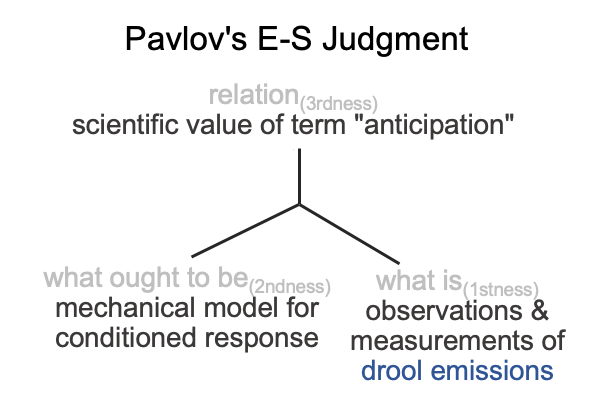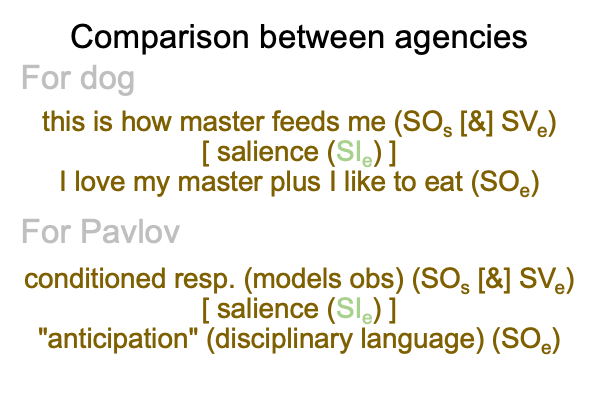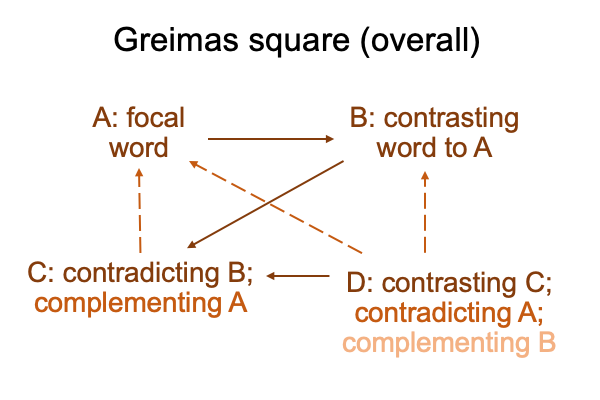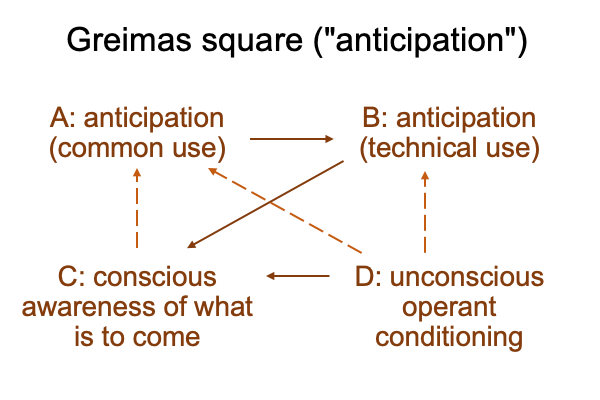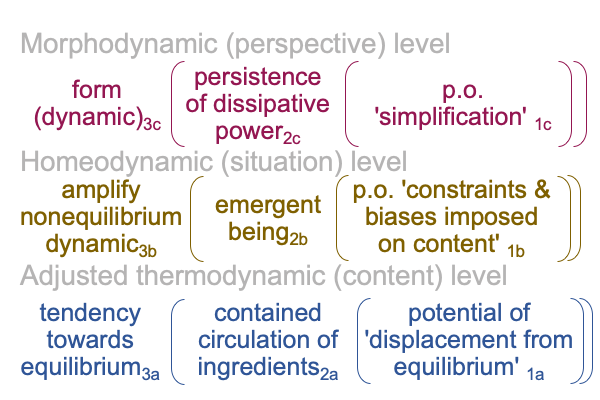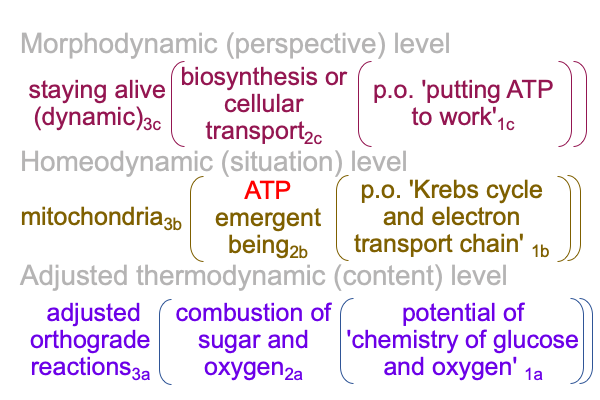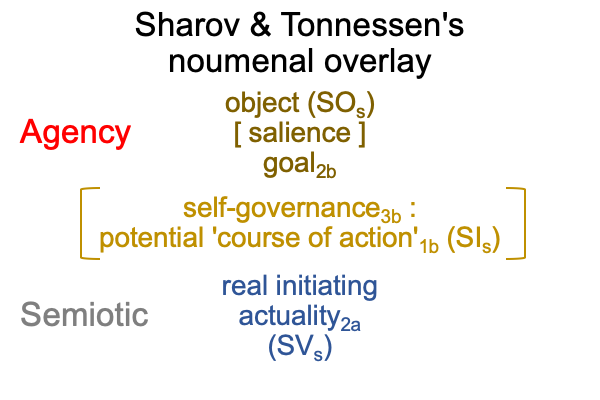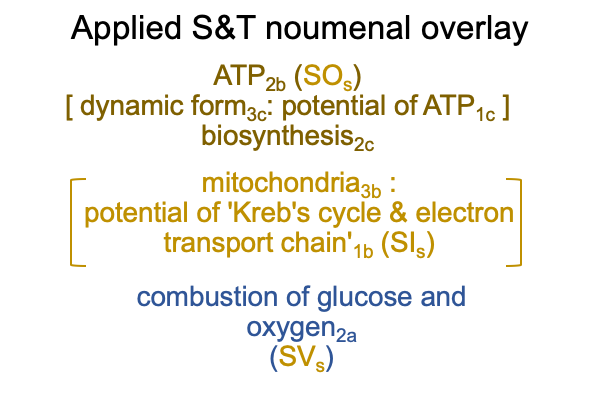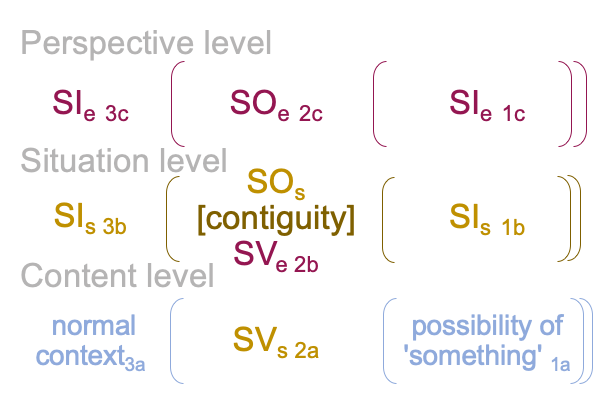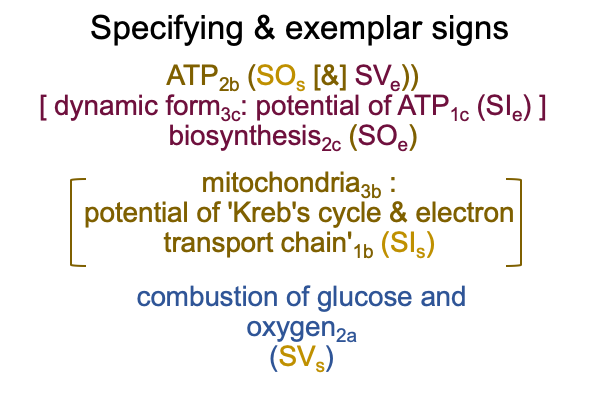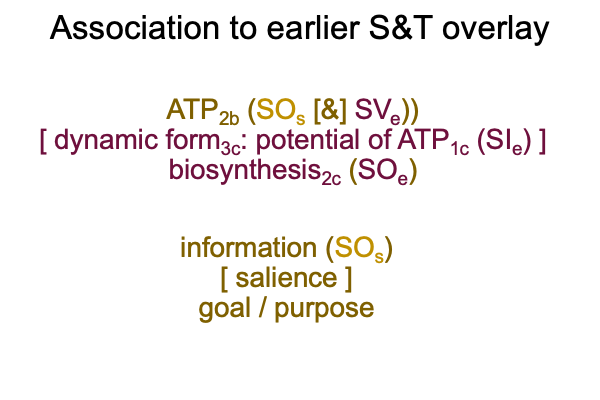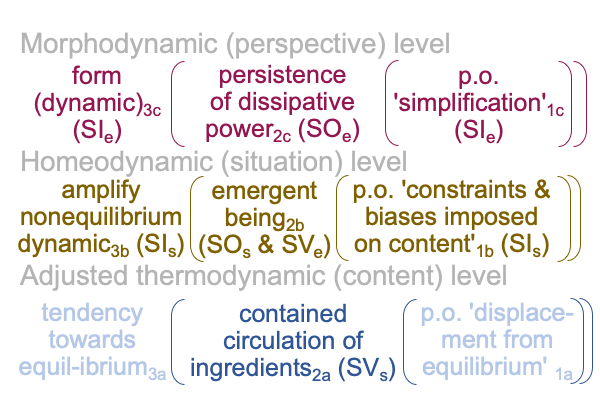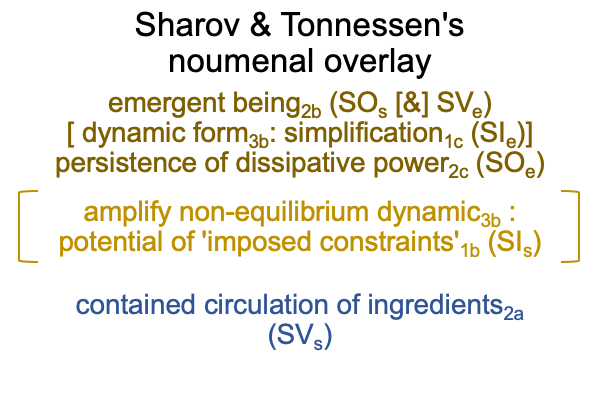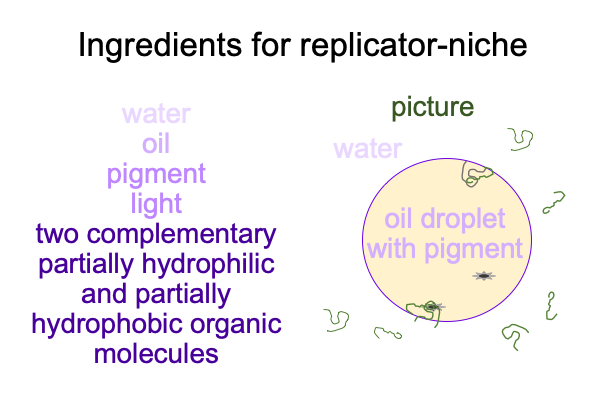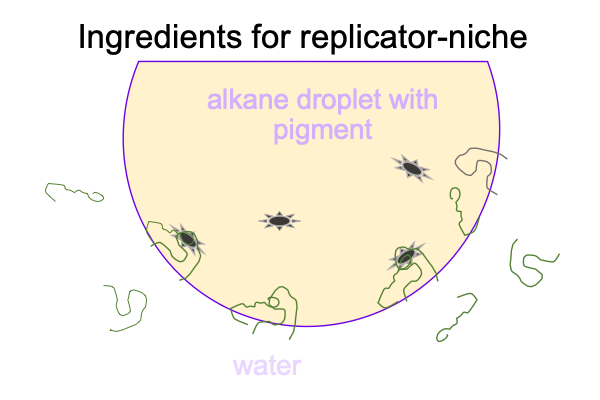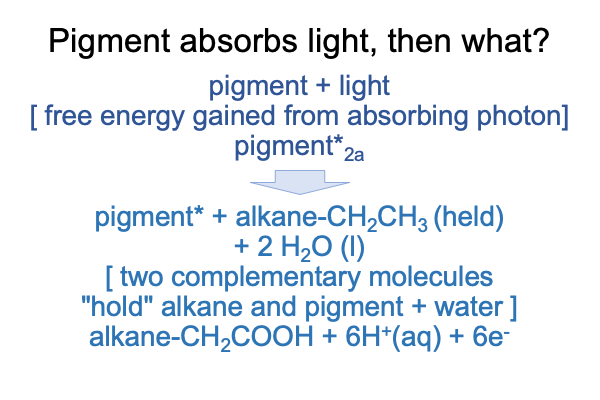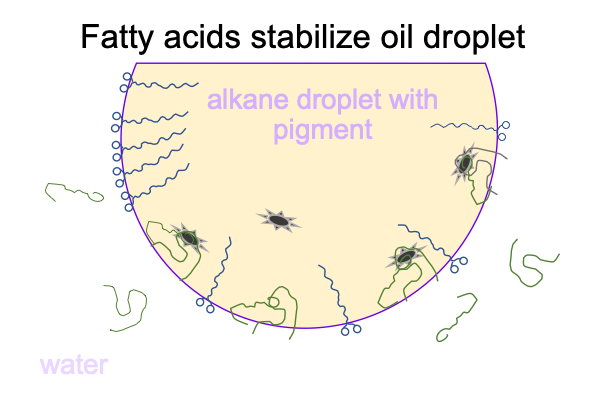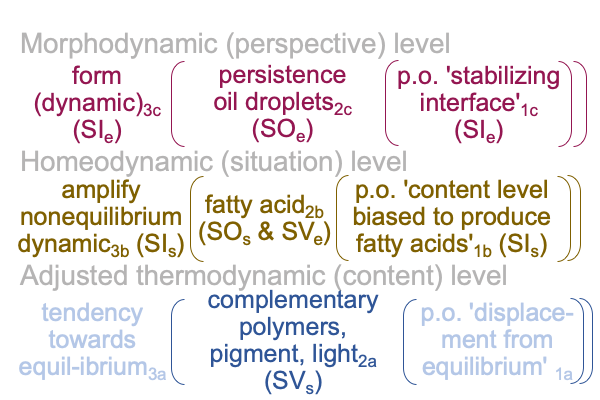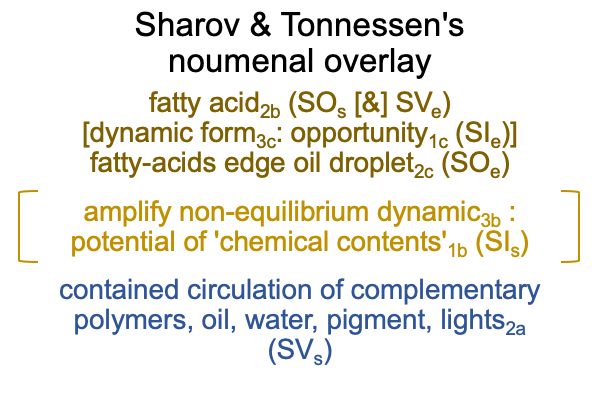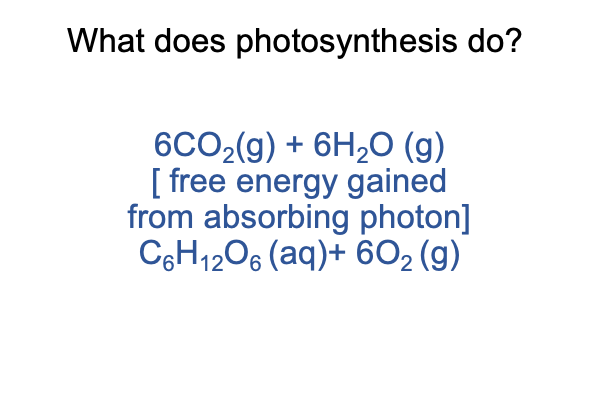Looking at Alexei Sharov and Morten Tonnessen’s Chapter (2021) “Agency In Non-Human Organisms” (Part 3 of 7)
0555 So, riddle me this.
In section 4.5, the authors describe a simple reflex. A finger touches a hot ember that has rolled out of a fire located on a platform of stones. An innate reflex pulls the hand away from the hot thing. How do the logics of thirdness play out in this little drama?
0556 Here is a figure.
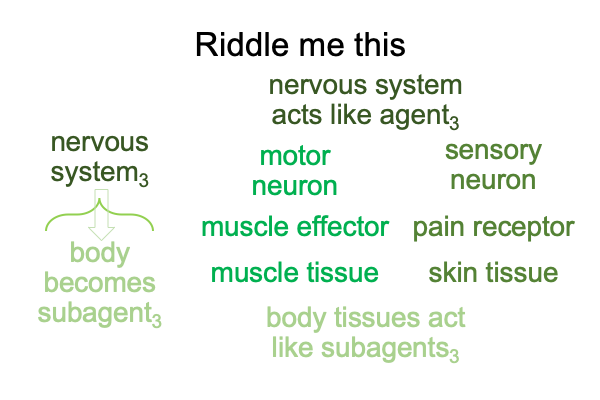
0557 The nervous system acts like an agent. For this simple reflex, the body is taken for granted as subagents (skin for touch and muscle for action). Also, sensory and motor neurons act as subagents.
0558 Now, let me think about the logics of thirdness: exclusion, complement and alignment.
In terms of exclusion, the body tissues (skin and muscle) are excluded from the reflex loop, except for the fact that they are… um… riddled with the termini of nerve cells. For the skin, the sensory nerve-cell termini are sensitive to all sorts of disturbances, such as pressure, temperature and all the features that go with touch. For the muscle, the motor nerve-cell termini are prepared to impart an impulse that causes muscle cells to contract.
In terms of complement, the sensory and motor neurons directly complement one another. One receives inputs. The other produces results. The skin and muscles complement one another indirectly. In this case, they complement one another through the mediation of a simple reflex.
In terms of alignment, the skin-embedded pain receptors immediately trigger pulling back from contact with the hostile thing.
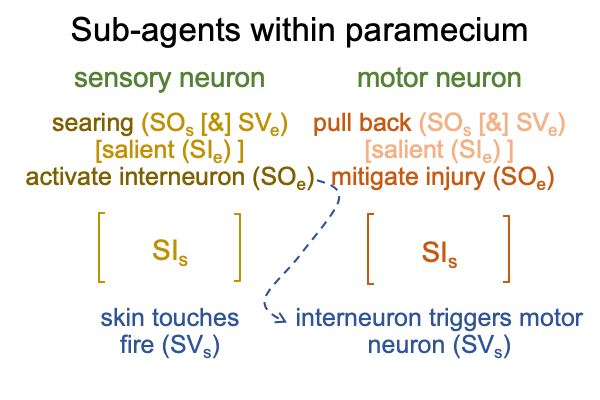
0559 Ah, is this riddle some sort of trick?
In alignment, I return to the question of how one subagent influences another.
0560 What is the nature of the dotted line connecting the exemplar sign-object (SOe) for the sensory neural pathway to the specifying sign-vehicle (SVs) of the motor neural pathway?

